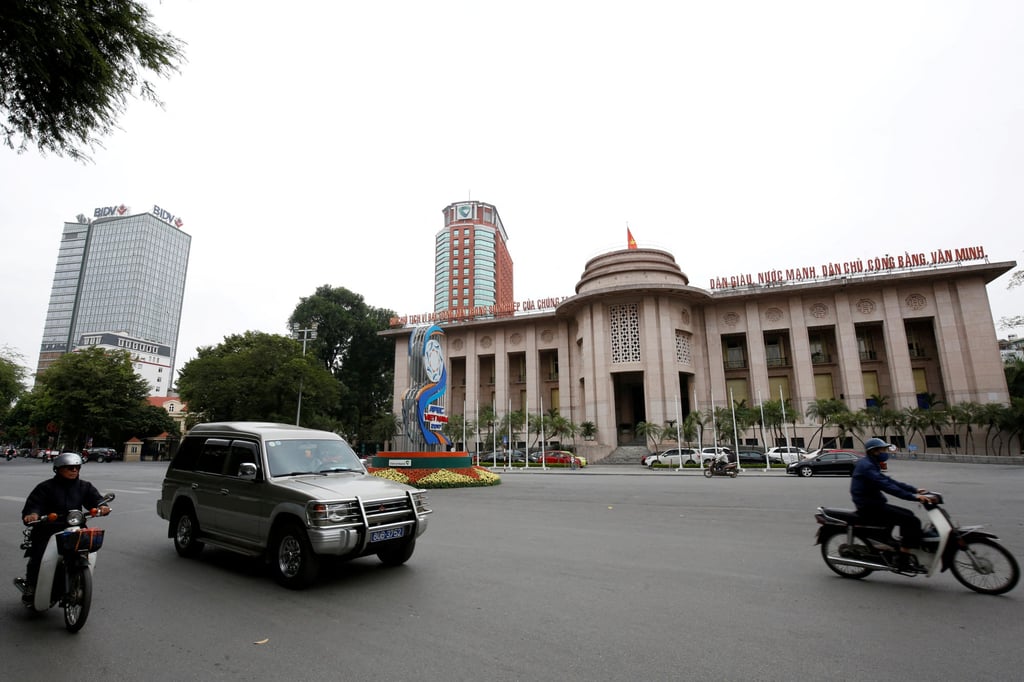Asian Angle | Vietnam’s private banking sector has a ‘chronic disease’. Can it be treated?
Truong My Lan’s death sentence serves as a warning, but Vietnam needs structural reforms to address the sector’s vulnerabilities

This practice, which dates back to the early 1990s, was laid bare by the case of Truong My Lan, who became the first private businessperson in Vietnam to face capital punishment for embezzlement after she was convicted of siphoning billions from Saigon Commercial Bank (SCB) and leaving it – and Vietnam’s financial system – in a precarious position.
On December 3, an appeal court in Ho Chi Minh City upheld a death sentence for Lan, the majority owner of SCB and former chairwoman of the property developer Van Thinh Phat Group.
For almost a decade, Lan treated SCB as her personal “piggy bank”, withdrawing vast sums to fund risky real estate ventures. According to court documents, between October 2018 and October 2022, she orchestrated the creation of 2,527 fraudulent loan records to siphon 1,066 trillion dong (US$42 billion) from the bank.

By the time of her arrest in October 2022, Lan and her accomplices still owed SCB trillions of dong, much of which was classified as bad debt. A court verdict in April 2024 confirmed that Lan’s actions caused losses exceeding 677 trillion dong (US$27 billion). To stabilise the bank and prevent systemic collapse, the State Bank of Vietnam had already injected US$24 billion into SCB as of April last year.
Legally, Lan’s death sentence is justified under Vietnam’s 2015 Criminal Code, which permits the death penalty for embezzlement exceeding 1 billion dong. Lan’s punishment, however, also serves as a cautionary tale for others in Vietnam’s banking sector. It signals the grave consequences awaiting those who exploit financial institutions for personal gain, highlighting the government’s determination to address the deep-seated risks posed by cross-ownership and related lending.
